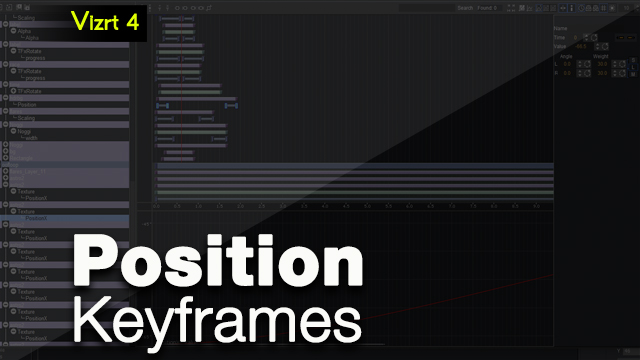

Mutable Number of Rows: If set to on, the operator can add or delete rows. Minimum and Maximum Number of Rows: Sets the minimum and maximum number of rows. To the operator, the number of fields can only be added or deleted when inside the range (for example greater than > 2 and less than < 10).Ī table scene might be hard to read if you need to display a large table with many rows (e.g. In such cases it is not uncommon to only show a subset of the information (e.g. 5 rows), and rather animate the scene in order to show the next 5 rows and so on. However, in such a situation, while editing table data in Viz Trio, you cannot use a basic jump to keyframe event for preview, as this will only show the keyframe that relates to the table’s Field identifier (e.g. 3), and not the rows or columns of the table. To enable operators to preview the data in the scene, it is therefore possible to add a preview point that extends to the next starting point (i.e. the next 5 rows of the table), using the table’s (Control List) Field identifier in addition to the row number. So, if the identifier of Control List is 03, you have to define tags with names 03.0, 03.5, 03.10 and 03.15 (zero based row index) in order for Viz Trio to detect the tags and jump to them on focusing the according rows in Viz Trio’s Control List table editor.īasic jump to keyframe: When adding keyframe events (stop points, tags. ) and giving them the name of a control plugin identifier, Viz Trio jumps the timeline to that keyframe event when selecting the tabfield with that identifier.Įxtended jump to keyframe: If the keyframe event name is e.g. 3_005 and there is a control list with identifier 3, then Viz Trio jumps the timeline to that keyframe event. In this case when the sixth row of the table is focused. To design a table scene that will be properly interpreted by the Control List plug-in there are some design conventions that needs to be followed:Īdd a group as the root container for the table. Give it a descriptive name such as “table”Īdd the Control List plug-in to the table group containerĪdd a new group as a sub-container to the table container.

This container will be the design for the rows in the table. Give it a name such as “row_1”.Īdd a Control Object plug-in to the newly added row container.Īs sub-containers of the row container, add text containers with backgrounds to form the design for a single table row with the desired number of columns.Įach of the text containers must get a Control Text plug-in and the field identifiers for each must be set from 1-n depending on how many columns the table should have. The Description property in the ControlText plug-ins will be picked up by the Control List plug-in and used as column headers. When the single row looks as it should, duplicate it to make the needed total number of table rows. The container plug-in Coco can be used to automate this task.Īdd the Coco plug-in to the row container, and set the number of copies, for example 9 (1+9=10), and click Execute. The arrange plug-in Grid Arrange can be used to automate this task.Īdd the Grid Arrange plug-in to the table container, and set the number of rows to the same as above and press Enter. The table element of the scene is ready and when imported into Viz Trio and read, the table tab-field will be displayed with a special table editor.

#VIZRT ARTIST FULL#
When imported into Viz Template Wizard, a template with a custom table editor will be generated.By adding live HDR input and output support as well as HDR rendering, Viz Engine brings the full range of colors per pixel and allows for a fully flexible end-to-end ultra-high-definition HDR production. Viz Engine will have full support for Viz Eclipse, the virtual advertisement tool, allowing rights holders to unlock new revenue streams for their productions.

It will also feature improved motion blur.


 0 kommentar(er)
0 kommentar(er)
